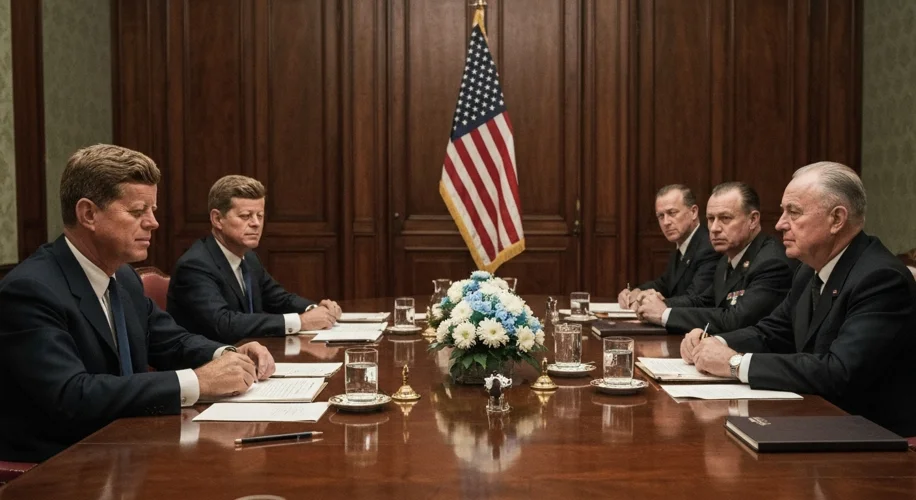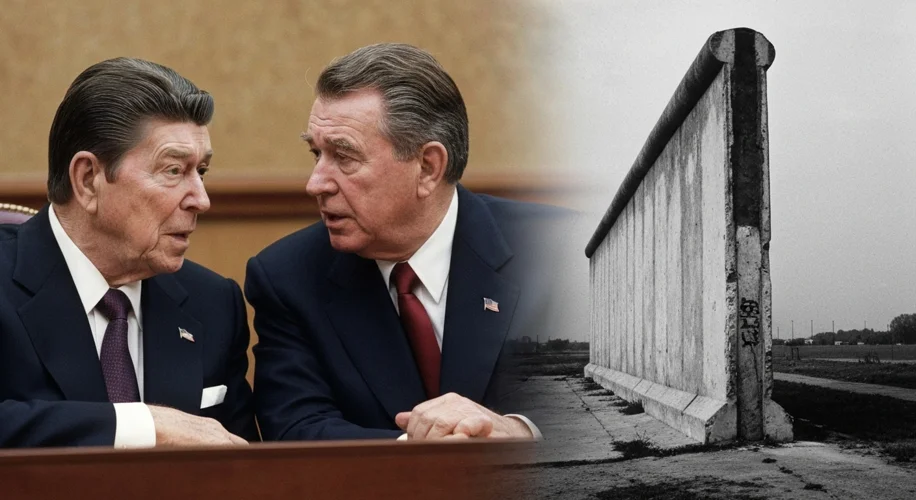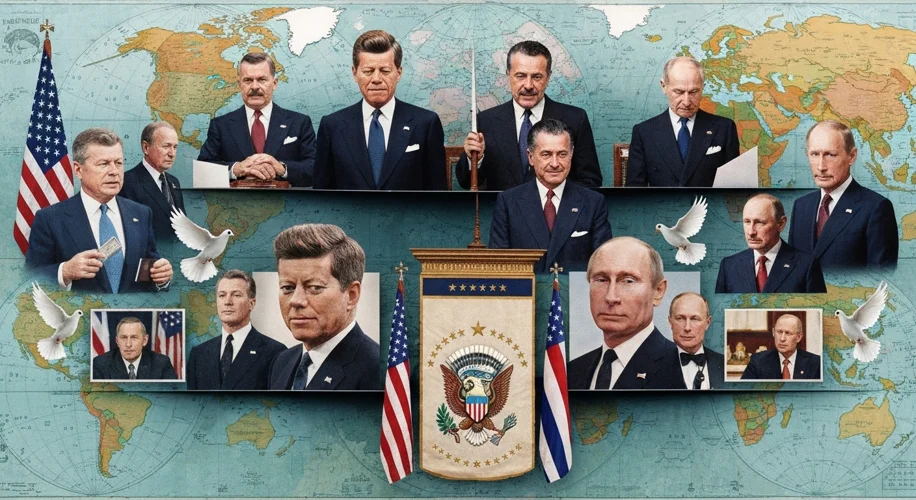The world has often held its breath, waiting to see if the fates of nations would hinge on the words exchanged between the leaders of two global superpowers: the United States and Russia.
From the icy grip of the Cold War to the complex geopolitical landscape of the 21st century, the history of summits between US Presidents and Russian (or Soviet) leaders is a chronicle of suspicion, strategic maneuvering, and, occasionally, genuine détente. These meetings, often fraught with tension, have been critical junctures, shaping the trajectory of international diplomacy and, by extension, the lives of billions.
The roots of these high-stakes encounters stretch back to the mid-20th century, a period defined by ideological conflict and the terrifying specter of nuclear annihilation. The Cold War was not just a battle of proxy wars and espionage; it was a psychological war, where perception and communication, or the lack thereof, could have catastrophic consequences.
One of the earliest and most pivotal encounters occurred in June 1961, when a young, charismatic President John F. Kennedy met the formidable Soviet Premier Nikita Khrushchev in Vienna. This summit was a stark illustration of the deep chasm between the two superpowers. Khrushchev, emboldened by Soviet achievements like the Sputnik launch and Yuri Gagarin’s space flight, sought to project an image of Soviet strength and expansionism. Kennedy, still reeling from the Bay of Pigs fiasco, felt the immense pressure of representing a nation in a precarious global position.
The Vienna Summit was marked by a palpable tension. Khrushchev, in his characteristic blunt style, lectured Kennedy, leaving the American president feeling intimidated and concerned about Khrushchev’s intentions. The Cuban Missile Crisis, which would bring the world to the brink of nuclear war just over a year later, was undoubtedly gestured at, if not explicitly discussed, in the veiled threats and assertive pronouncements of this tense meeting. The lack of a clear resolution, and indeed the palpable hostility, foreshadowed the heightened crisis to come.

However, the path to détente was not entirely linear. The Cuban Missile Crisis itself, despite its terrifying climax, paradoxically paved the way for a period of cautious engagement. The shared experience of staring into the nuclear abyss fostered a mutual understanding of the need for better communication. This led to the establishment of the Moscow-Washington hotline in 1963, a direct communication link designed to prevent misunderstandings during future crises.
The late 1960s and 1970s saw a more concerted effort towards arms control and strategic dialogue. President Richard Nixon, famously a staunch anti-communist, recognized the strategic necessity of engaging with the Soviet Union. His 1972 summit with Leonid Brezhnev in Moscow was a landmark event, resulting in the signing of the Strategic Arms Limitation Treaty (SALT I). This treaty was a monumental step, capping the growth of nuclear arsenals and marking a significant thaw in relations, a period often referred to as détente.
Nixon’s visit was not just about treaties; it was about the symbolism of leaders from ideologically opposed nations engaging in diplomacy. Images of Nixon and Brezhnev, once viewed as implacable foes, smiling and shaking hands, sent a powerful message to the world. This was a testament to the idea that even arch-rivals could find common ground when the stakes were high enough.
The subsequent decades, however, saw shifts in this dynamic. The Soviet invasion of Afghanistan in 1979 brought détente to a grinding halt, ushering in a renewed period of heightened tensions. President Ronald Reagan’s administration adopted a more confrontational stance, famously referring to the Soviet Union as an “evil empire.”
Yet, even during periods of deep ideological animosity, the need for dialogue persisted. Reagan’s historic summits with Soviet leader Mikhail Gorbachev in Geneva (1985), Reykjavik (1986), and Washington D.C. (1987) were crucial in navigating the latter stages of the Cold War. The Reykjavik summit, in particular, was a dramatic affair. It almost resulted in a complete denuclearization of both superpowers, a radical proposal that ultimately faltered due to disagreements over Reagan’s Strategic Defense Initiative (SDI), often dubbed “Star Wars.”
Despite the near miss, Reykjavik demonstrated the potential for bold, ambitious diplomacy. It showed that leaders, when pushed, could explore even the most audacious paths to peace. Gorbachev’s reforms, Glasnost (openness) and Perestroika (restructuring), were already underway, and these summits provided a crucial international platform for his new approach.

The collapse of the Soviet Union in 1991 dramatically altered the geopolitical landscape. The relationship between the United States and the newly formed Russian Federation became more complex, characterized by a mix of cooperation and nascent friction. Presidents like George H.W. Bush and Bill Clinton engaged with Russian leaders, navigating the transition and seeking to establish a new framework for relations. These early post-Cold War interactions aimed at fostering economic ties and democratic reforms in Russia, often with mixed success.
As Russia’s assertiveness grew under Vladimir Putin’s leadership, the nature of these summits began to shift once more. Periods of perceived cooperation, such as the early days of George W. Bush’s presidency, where he famously claimed to have “looked the man in the eye” and seen his “soul,” gradually gave way to increasing distrust and strategic competition. The annexation of Crimea, interference in elections, and ongoing geopolitical conflicts have made high-level engagement increasingly challenging.
The legacy of these summits is a complex tapestry. They have been the stage for historic arms control agreements that have kept the world safer, but also for moments of profound misunderstanding and heightened tension. They underscore a fundamental truth: even in times of deep animosity, the channels of communication between leaders of powerful nations must remain open. The decisions made in these rooms, often away from public scrutiny, have echoed through history, shaping our present and continuing to influence our future. The history of US-Russia presidential summits is, in essence, a history of humanity’s ongoing struggle to manage power and find peace on a turbulent planet.

